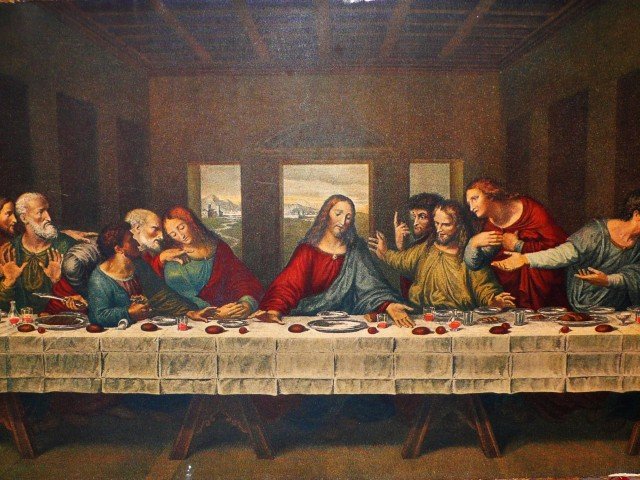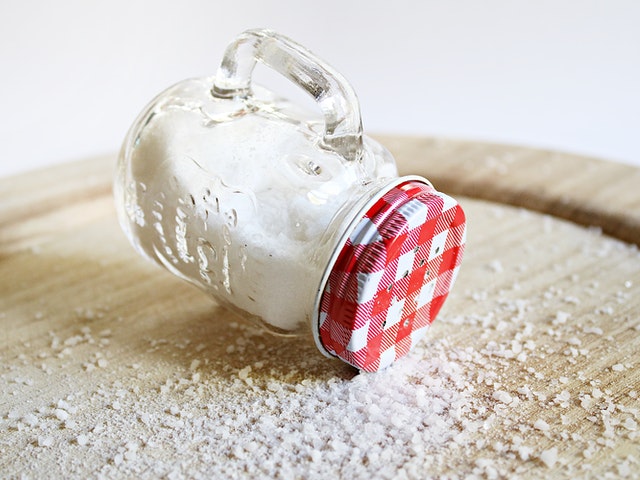It was in 1945 that Leonardo da Vinci started working on one of the masterpieces of all time in the world of art. History’s most influential work of art was developed by this maestro at a time when multiple political challenges existed. The Last Supper is a visual interpretation of the evening before Christ was betrayed by Judas. It is an artwork close to the hearts of millions of Christians across the globe.
This painting holds the beauty of the first celebration of the Eucharist, which is a ritual performed even today. A few seconds in this story of Jesus Christ is depicted in The Last Supper through the classy strokes over the human faces creates visceral contentment. This was the first large painting of Leonardo, and he also had no experience with such huge landscapes that used experimental pigments. Let us look at a few more secrets about The Last Supper by Leonardo d Vinci.
1. The Secret of “The Last Supper”
This painting holds a very popular religious scene of significant importance in the Biblical universe. Many celebrated artists have come up with renditions of this painting, but it was only Leonardo da Vinci who did not put halos on Jesus Christ. Art historians have found records to prove that Leonardo da Vinci believed in nature and not in God.
2. It is a Failed Experiment
Unlike the traditional frescoes by the Renaissance masters, the painting of da Vinci experimented with tempura paint of sealed plaster walls in the Santa Maria delle Grazie monastery in Milan. Since the paint didn’t adhere to the concept and began flaking away in a few decades, the painting was considered a failed experiment.
3. The Symbolic Spilled Salt
Scholars have been discussing the meaning of the spilled salt near Judas’s elbow for many decades. Plenty of speculations about symbolism in the artwork were generated over the years, and these have come up with conclusions that spilled salt was an indication of religion, bad luck, loss, or Jesus as the salt of the earth.
4. Eel or herring?
The remarks about da Vinci’s choice of food also led to a lot of dispute whether the fish on the table is eel or herring. Both these carry a symbolic meaning to describe someone who denies religion.
5. Three Early Copies of the Original Exist
Three students of Giampetrino made copies of this painting early in the 16th century. A full-scale copy is now in London’s Royal Academy of Arts, and it was the oil painting on canvas that acted as the primary resource for the work’s latest restoration.
6. The Painting is a Musical Score

According to the musician Giovanni Maria Pala, “The Last Supper” has a few musical scores added by da Vinci. A 40-second melody was hidden in the scene through the notes.
7. The Painting is a Victim of Abuse
Monastery residents cut a new door in the deteriorating painting, leaving only a piece of it, with the major part being Jesus’ feet.


